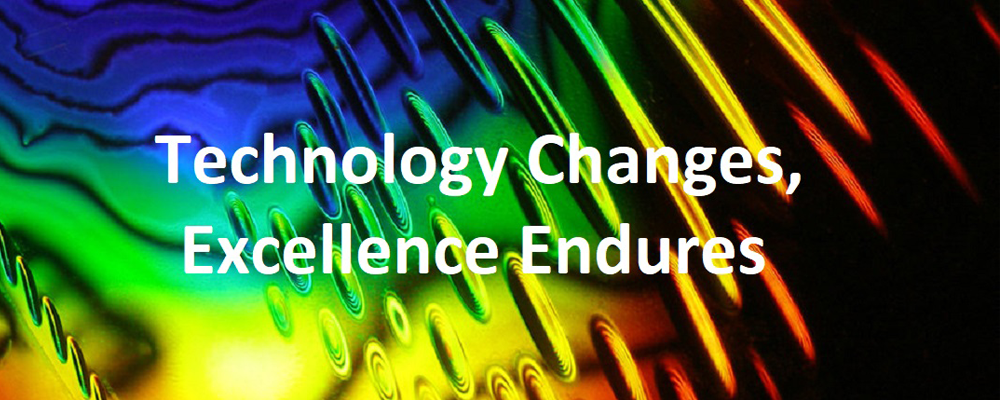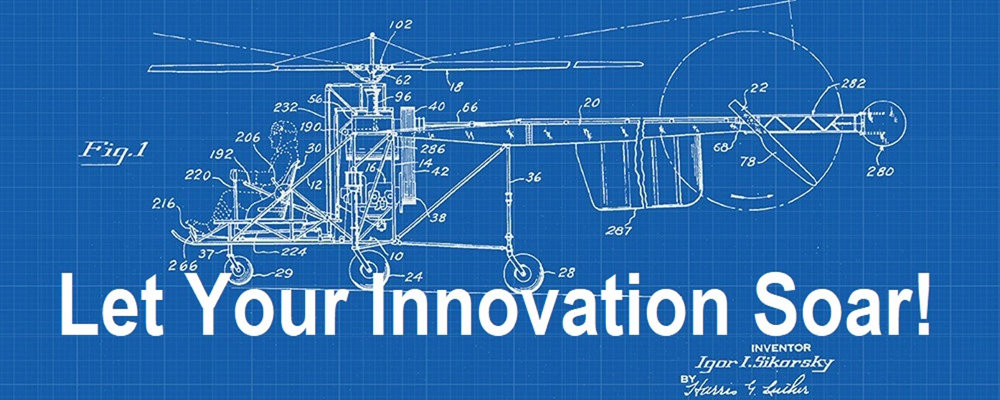Provisional Application for Patent
A provisional application for patent—sometimes referred to as a “provisional patent application” or, simply, “provisional application”—is a U.S. national application filed in the United States Patent and Trademark Office (USPTO) under 35 U.S.C. § 111(b). A provisional application establishes an official filing date for the disclosed invention and permits the phrase “Patent Pending” to be applied to products embodying the invention, but will not result in a patent on its own.
A provisional application for patent has a pendency lasting 12 months from the date the provisional application is filed and will not mature into a granted patent without further submissions by the inventor. An applicant must file a nonprovisional patent application claiming benefit of the earlier provisional application filing date in the USPTO before the 12-month pendency period expires in order to preserve any benefit from the provisional filing.1 Any claimed subject matter in the nonprovisional application that is adequately supported by the provisional application will receive the benefit of the earlier filing date of the provisional application.
The disclosure of the invention in the provisional application should be as complete as possible. Claims in a provisional application are optional, but it is highly recommended to include a set of claims in a provisional application.
1 A nonprovisional application that was filed more than 12 months after the filing date of the provisional application, but within 14 months after the filing date of the provisional application, may have the benefit of the provisional application restored by filing a grantable petition (including a statement that the delay in filing the nonprovisional application was unintentional and the required petition fee) to restore the benefit under 37 CFR 1.78.


LEARN MORE...
PROVISIONAL APPLICATION FILING DATE REQUIREMENTS
The provisional application must name all of the inventor(s). In view of the one-year grace period provided by AIA 35 U.S.C. § 102(b)(1) in conjunction with AIA 35 U.S.C. § 102(a)(1), a provisional application can be filed up to 12 months following an inventor’s public disclosure of the invention. (Such a pre-filing disclosure, although protected in the United States, may preclude patenting in foreign countries.) A public disclosure (e.g., publication, public use, offer for sale) more than one year before the provisional application filing date would preclude patenting in the United States. Keep in mind that a publication, use, sale, or other activity only has to be made available to the public to qualify as a public disclosure.
A filing date will be accorded to a provisional application only when it contains a written description of the invention, complying with all requirements of 35 U.S.C. § 112(a). (The written description and enablement requirements are effectively the same for provisional and nonprovisional patent applications.) Although the provisional application will be accorded a filing date regardless of whether any drawings are submitted, applicants are advised to file with the application any drawings necessary for the understanding of the invention, complying with 35 U.S.C. § 113. A drawing necessary to understand the invention cannot be introduced into an application after the filing date because of the prohibition against new matter.
RULES
- 37 CFR 1.53(c) prohibits amendments from being filed in provisional applications which are not required to comply with the patent statute and all applicable regulations.
- Provisional applications for patent may not be filed for design inventions.
- Provisional applications are not examined on their merits.
- Provisional applications for patent cannot claim the benefit of a previously-filed application, either foreign or domestic.
- In order to obtain the benefit of the filing date of a provisional application, the claimed subject matter in the later filed nonprovisional application must have support in the provisional application.
- If there are multiple inventors, each inventor must be named in the application.
- All inventor(s) named in the provisional application must have made a contribution, either jointly or individually, to the invention disclosed in the application.
- The nonprovisional application must have at least one inventor in common with the inventor(s) named in the provisional application to claim benefit of the provisional application filing date.
- A provisional application must be entitled to a filing date and include the basic filing fee in order for a nonprovisional application to claim benefit of that provisional application.
- Amendments are not permitted in provisional applications after filing, other than those to make the provisional application comply with applicable regulations.
- No information disclosure statement may be filed in a provisional application.
CAUTIONS
A provisional application automatically becomes abandoned when its pendency period expires 12 months after the provisional application filing date by operation of law. Applicants must file a nonprovisional application claiming benefit of the earlier provisional application filing date in the USPTO before the provisional application pendency period expires in order to preserve any benefit from the provisional application filing (unless the benefit of the provisional application has been restored under 37 CFR 1.78, in which case the nonprovisional application may be filed within 14 months from the provisional application filing date).
Applicants who publicly discloses their invention (e.g., publishes, uses, sells, or otherwise makes available to the public) during the 12-month provisional application pendency period may lose more than the benefit of the provisional application filing date if the 12-month pendency period expires before a corresponding nonprovisional application is filed. Such an applicant may also lose the right to obtain a patent on the invention. See AIA 35 U.S.C. §§ 102(a)(1) and (b)(1).






